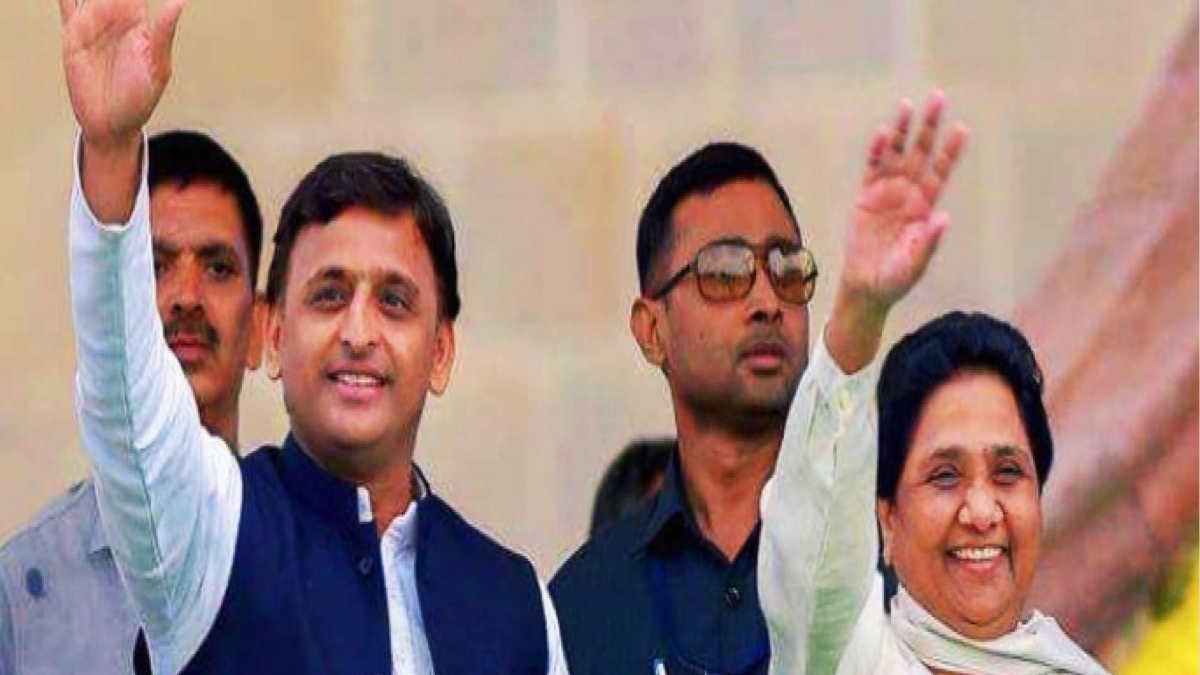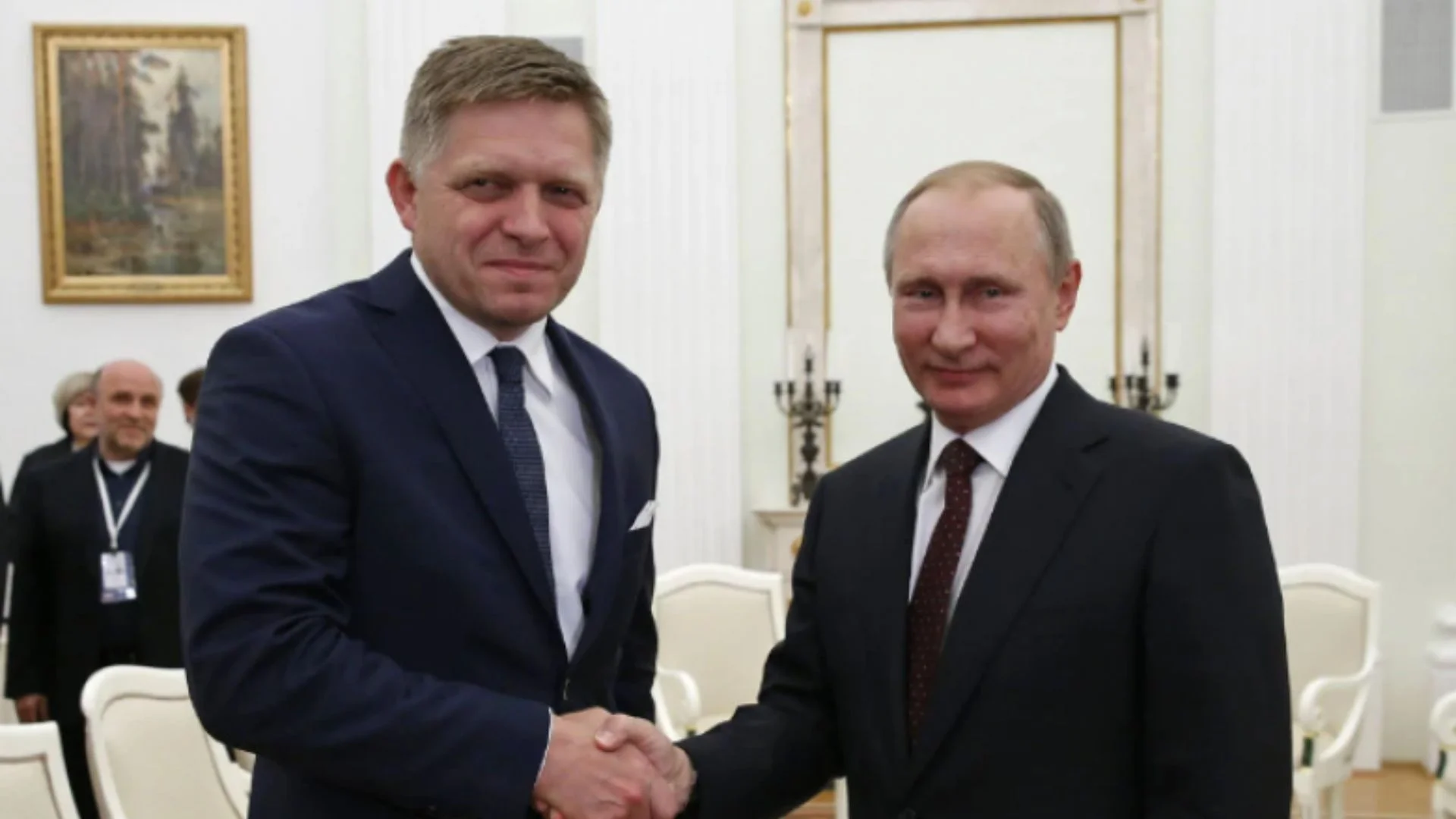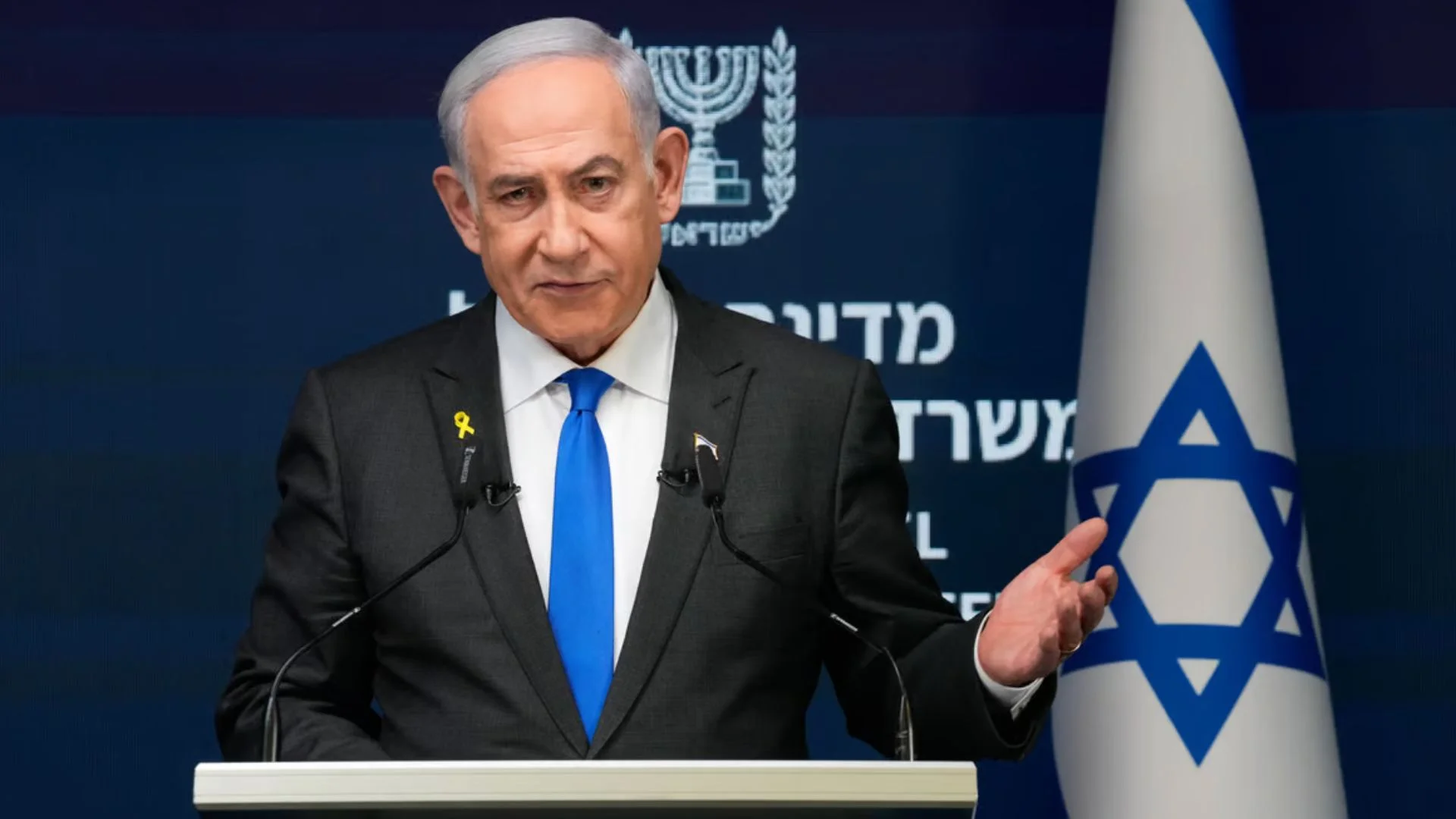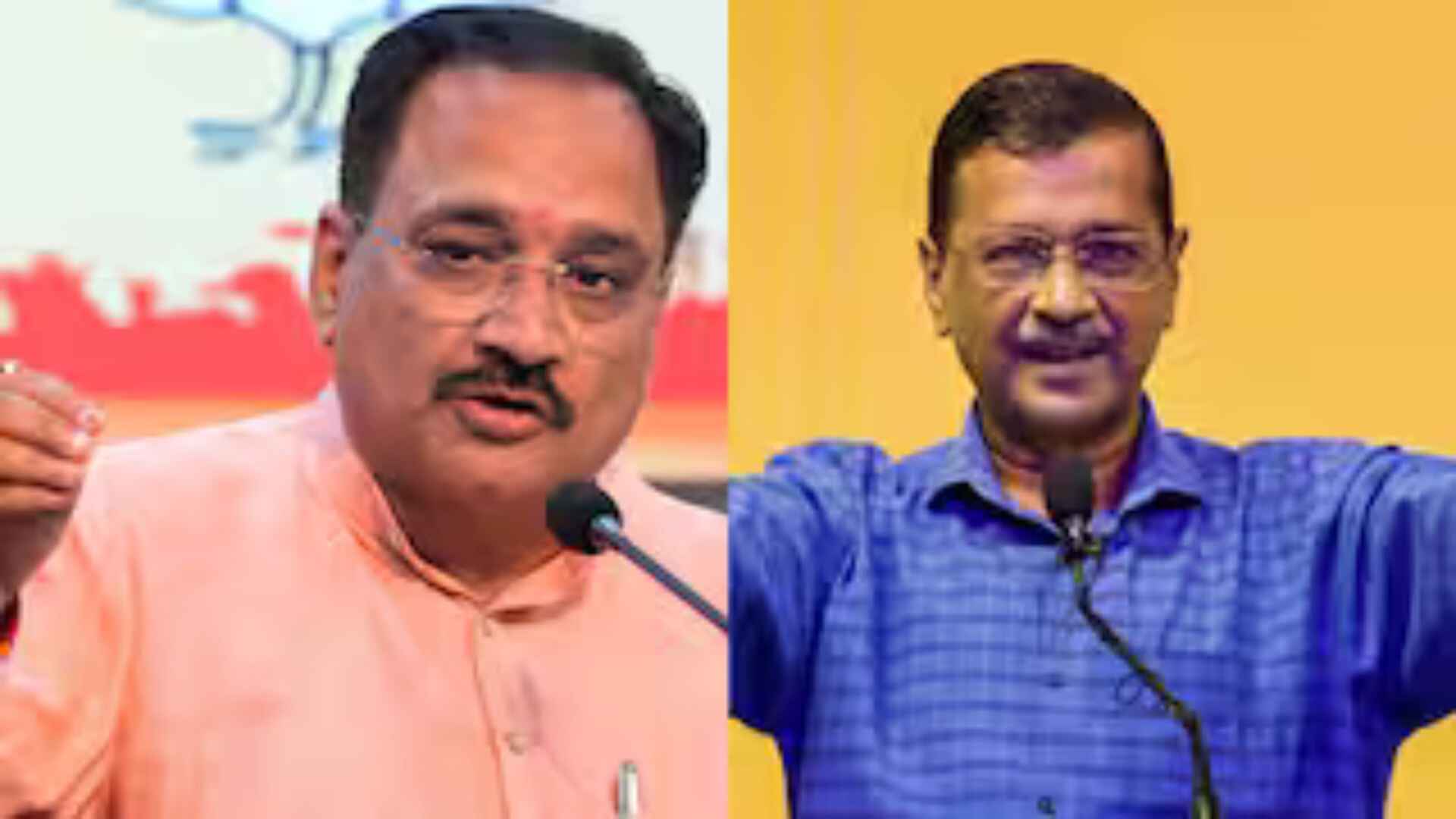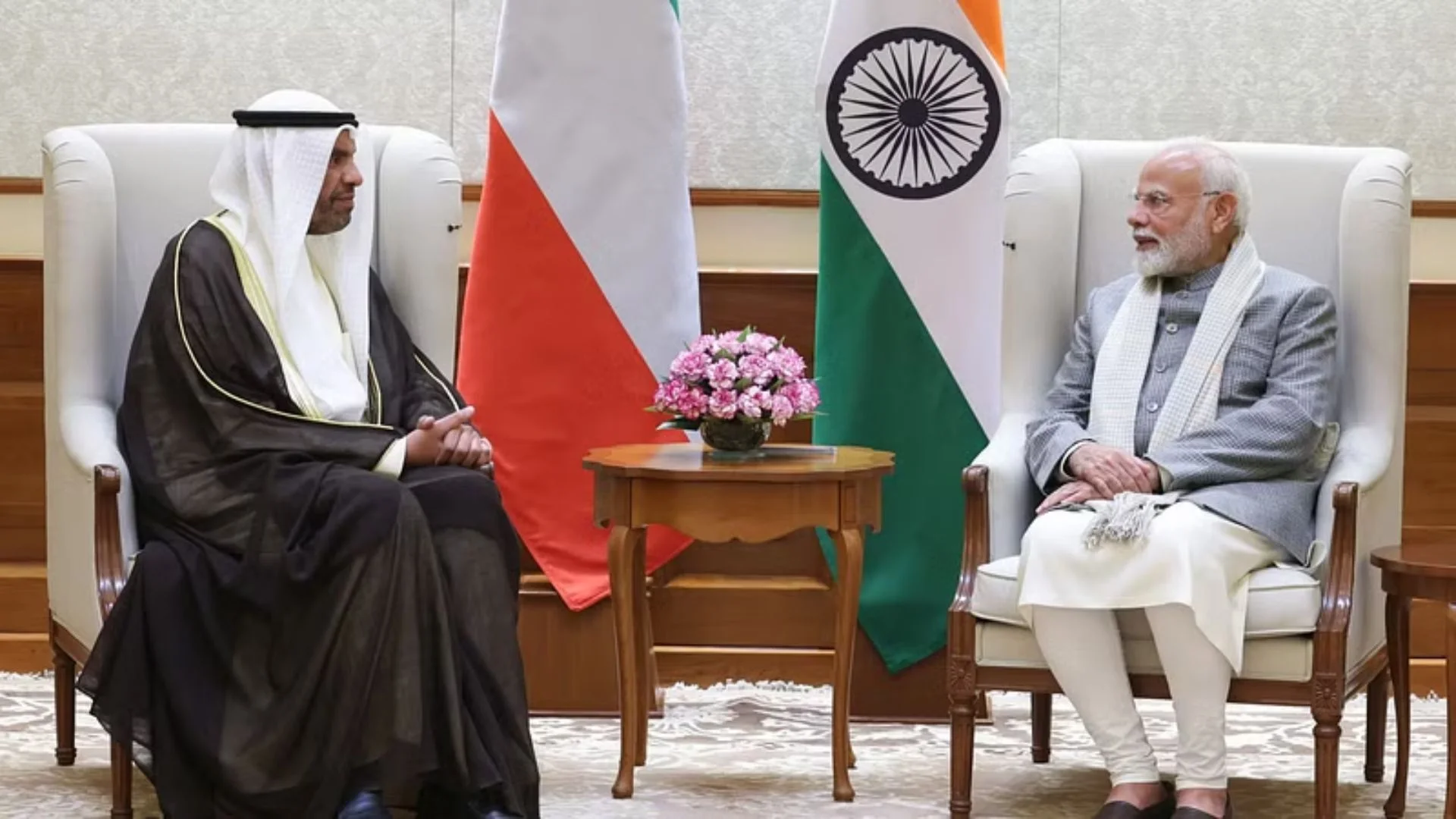Lately news coverage has been dominated by the upcoming Assembly polls in West Bengal. Along with this, we have seen coverage about national parties (and other parties) and the preparations they are making to gear up for elections in another part of the country: Uttar Pradesh. The Uttar Pradesh Assembly elections are set to be held in early 2022. One may ask why UP elections are already being widely talked about in the news already, especially since several state Assembly elections, including Kerala and Assam, are due in 2021 — quite a while before the UP elections. The answer lies in the fact that all parties across the country always keep an eye on UP because of its importance — both in terms of size as well as strategically.




Out of the 543 parliamentary seats in India, UP has 80 seats. It also has the largest legislative assembly in the country with 403 seats. The state has always been a stabilising factor in national politics and is bound to be a major target for all parties in the run-up to the 2024 general elections. Even in the Lok Sabha elections, any party that wishes to win with a majority needs to completely sweep the state. With almost a year to go for the UP Assembly elections, not only have we seen national parties, including the BJP and Indian National Congress (INC) talk about their strategies in the state, but also state parties such as the Samajwadi Party (SP) and Bahujan Samaj Party (BSP) announce their alliance arithmetic. In addition to this, parties with national ambitions, such as the Aam Aadmi Party (AAP), and other new parties such as the Rashtriya Justice Party, have also announced their intention to compete.
The SP, which last dominated the state in 2012with 224 seats and a vote share of 29%, announced in November 2020 that it will not be forming an alliance with any other party for the 2022 elections. During the 2017 elections, SP entered the game in an alliance with the INC, however, the combine only managed to secure 54 seats, while the BJP swept the state winning 312 seats. Since 2012, when the SP managed to secure 29% of the votes, its vote share has been dipping constantly. In fact, in 2019, during the Lok Sabha elections, SP entered into an alliance with the BSP, and only managed to secure 18% of the votes. Party National President and former Chief Minister, Akhilesh Yadav has announced that the party is willing to form an understanding with smaller parties such as the Pragatisheel Party, however, an alliance with any big party is off the table. The party has already announced it’s Mission 2022 and set up a camp office in Akhilesh Yadav’s constituency of Azamgarh. In the 2020 by-polls SP was the only party apart from the BJP (which won 6 seats) that managed to secure one seat.
Similarly, the BSP, which dominated UP in 2007, managing to secure 206 seats, has announced that it will not be forging an alliance with any other political party. On the occasion of her birthday, BSP supremo and former Chief Minister, Mayawati announced the same, amidst speculations by many political analysts that the party would ally with Asaduddin Owaisi’s All India Majlis-e-Ittehadul Muslimeen (AIMIM). As per many, BSP had managed to win 10 seats during the 2019 Lok Sabha elections, primarily due to its alliance with SP. However, since breaking away from the alliance the party has not managed to secure even a single seat in 2019 and 2020 by-polls.
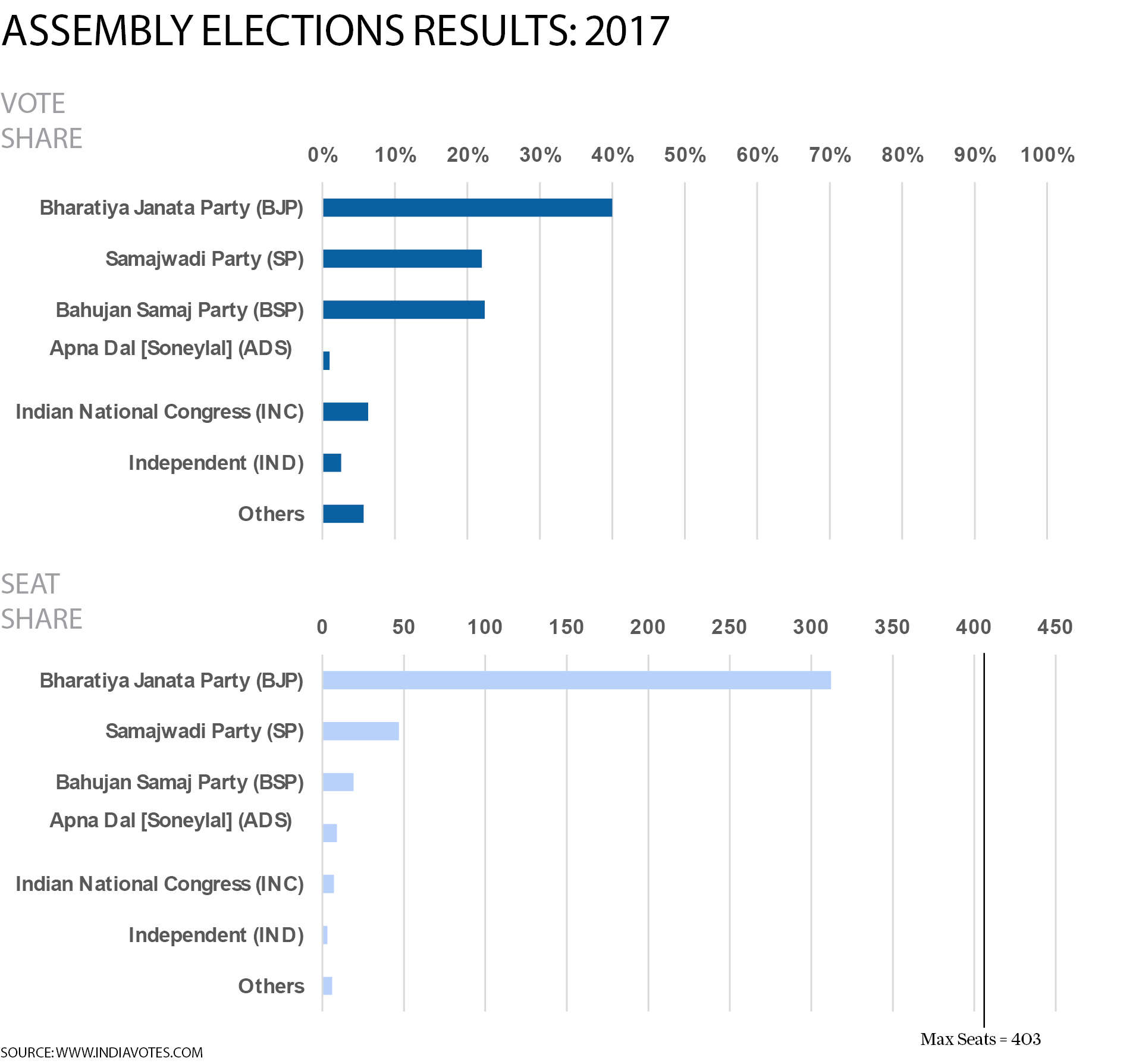
PRIYANKA GANDHI: LEADING THE CONGRESS’ CHARGE

In 2019, Priyanka Gandhi was appointed as the All India Congress Committee (AICC)’s Secretary for Eastern UP. With immense numbers in the Brahmin community in the region. Political commentators saw this as a move towards appeasing them. She was in charge of 41 Lok Sabha Constituencies and had campaigned across 26 of them. However, this did not translate into electoral success as the INC ended up losing even at Amethi- a constituency that has remained INC’s stronghold since the 1980s. As a revamping measure, she held a series of meetings with party workers to strengthen the party’s presence on the ground. Priyanka Gandhi was recently made the AICC in-charge for the entire state but once again fell short of making an impact in the 2020 by-elections held for the 7 Assembly Constituencies where the BJP ended up winning 6.
AAP’s foray into UP’s electoral politics has put INC at a spot of bother as well, as it is alleged that almost 80 office bearers from Central UP have joined the AAP. Though AAP might not be INC’s strongest competitor, it is bound to play spoilsport for the INC in the upcoming elections. The INC is also marred by the faction related disagreement between the older INC members and Priyanka Gandhi’s loyalists. Several INC members of the old guard such as Santosh Singh, Ram Krishna Dwivedi, Satyadev Tripathi, Rajendra Singh Solanki, Siraj Mehndi, Vinod Chaudhary were removed from important posts and were replaced for frequently publicly opposing the decisions of the AICC’s UP unit. As for the 2022 Assembly Elections, INC under the leadership of Priyanka Gandhi and the prevailing woes is set to face tough and testing times.
AAP: TESTING THE WATERS IN THE STATE
AAP is currently leading its second term in the National Capital and is also the main opposition party in the Punjab assembly. However, apart from this, the party has major national aspirations and has already announced its intention to fight the Assembly polls in Uttarakhand, Goa and Punjab as well as Uttar Pradesh in 2022. AAP’s decision to enter UP’s electoral arena has been followed up by its efforts to strengthen the party’s presence here. Rajya Sabha MP and AAP’s UP incharge Sanjay Singh has spent a lot of time in UP trying to woo the INC rebels and has on a few occasions openly criticised the Yogi Adityanath led government.
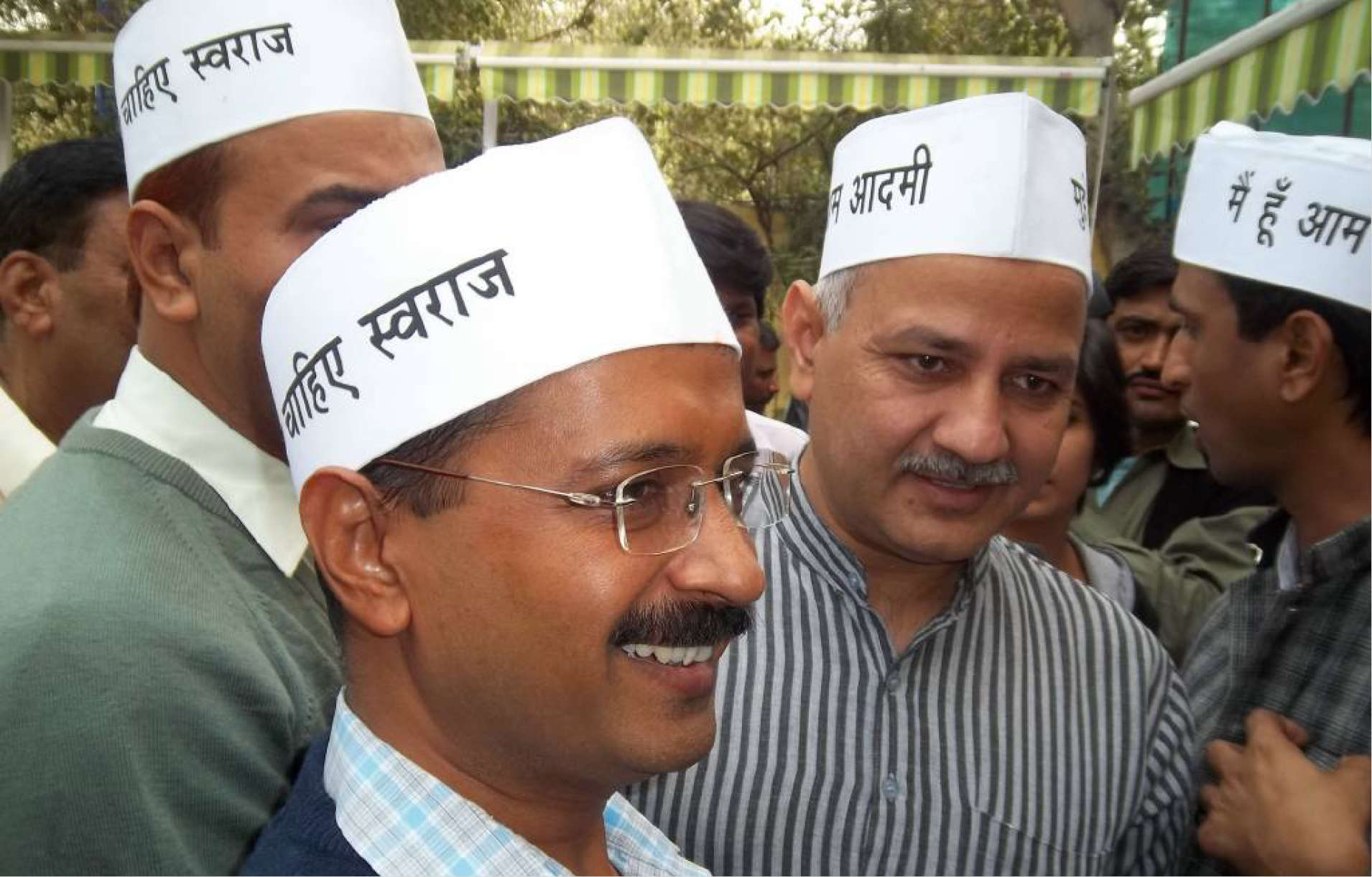
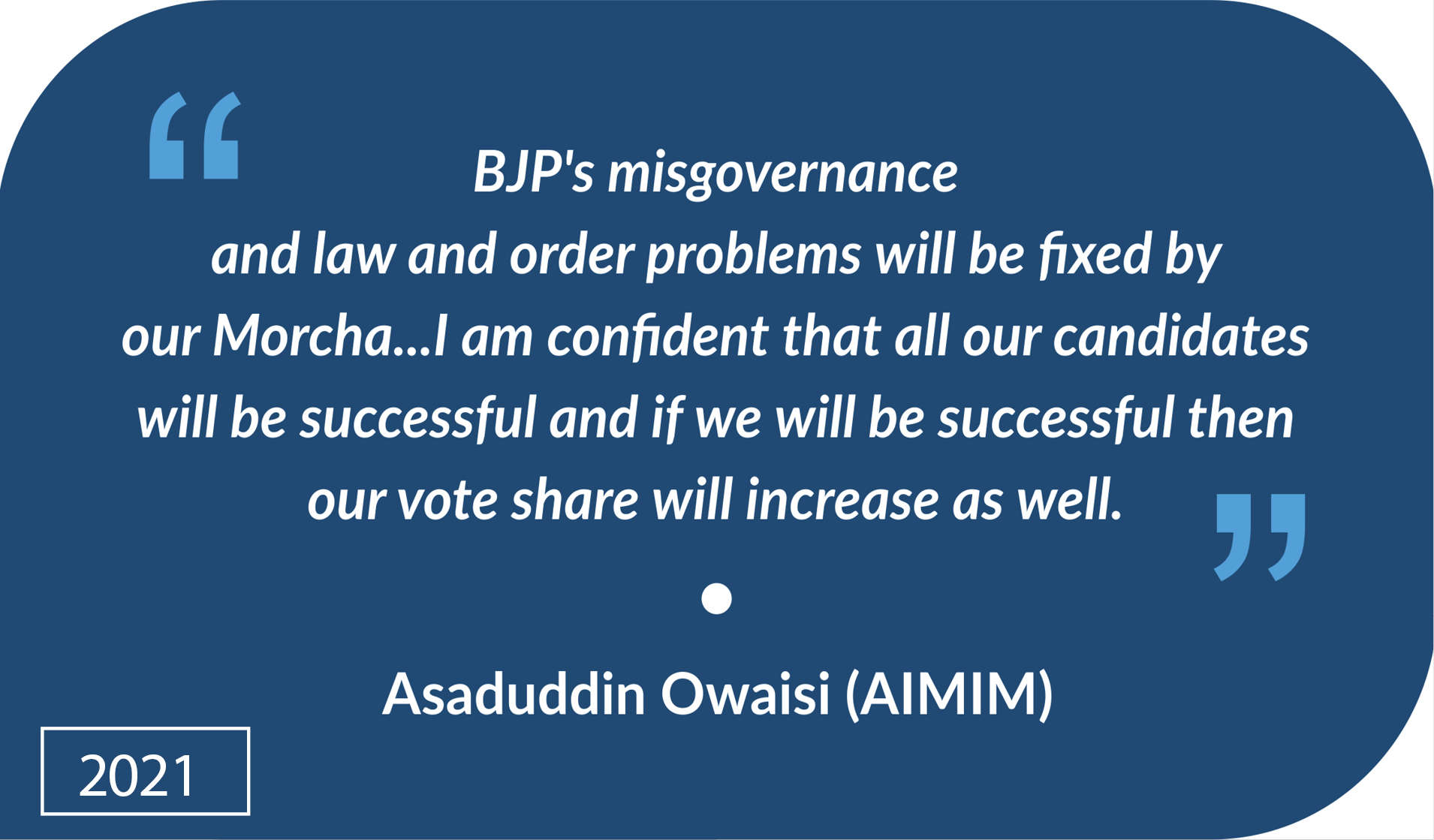
The party last contested in UP in the 2014 General Elections, on 76 out of the 80 seats in the state. However, the results were disastrous for the party, as it could only garner 1% of the vote share and lost its security deposit on 75 of the seats. In fact, Arvind Kejriwal himself decided to contest the Lok Sabha polls from the high profile seat of Varanasi and lost his deposit against Prime Minister Narendra Modi. Many political analysts say the party lacks the organizational structure and cadre base in the state to make an impact in the state where caste arithmetic and huge state parties such as BSP and SP have dominated the political sphere for years. The party will also be contesting the panchayat polls in the state, due to be held in March this year.
THE ‘BHAGIDARI SANKALP MORCHA’ AND AIMIM
Nine small parties, including the Suheldev Bharatiya Samaj Party (SBSP), AIMIM, Bhim Army amongst others, have joined forces to form the Bhagidari Sankalp Morcha’ to contest the Uttar Pradesh 2022 elections. In fact, SBSP’s national spokesperson said the party met with SP chief Akhilesh Yadav to discuss the possibility of forming an alliance, however, they did not receive a positive response about the same. Subsequently, the party decided to form an alliance with smaller parties and bring them all under one roof. Apart from the SBSP, the alliance also includes former UP Minister Babu Singh Kushwaha’s Jan Adhikar Party, Babu Ram Pal’s Rashtriya Uday Party, Anil Singh Chauhan’s Janata Kranti Party and Premchand Prajapati’s Rashtriya Upekshit Samaj Party.
Encouraged by its performance in the Bihar Assembly Elections last year, the AIMIM announced the launch of its campaign in UP, as part of the SBSP alliance. The party has launched a campaign to strengthen its support base and organization in the state, and President Asaduddin Owaisi also made a one-day visit to Purvanchal with SBSP chief Om Prakash Rajbhar last week. The party will be fielding candidates on 25% of the seats in UP, particularly those in Muslim dominated areas.
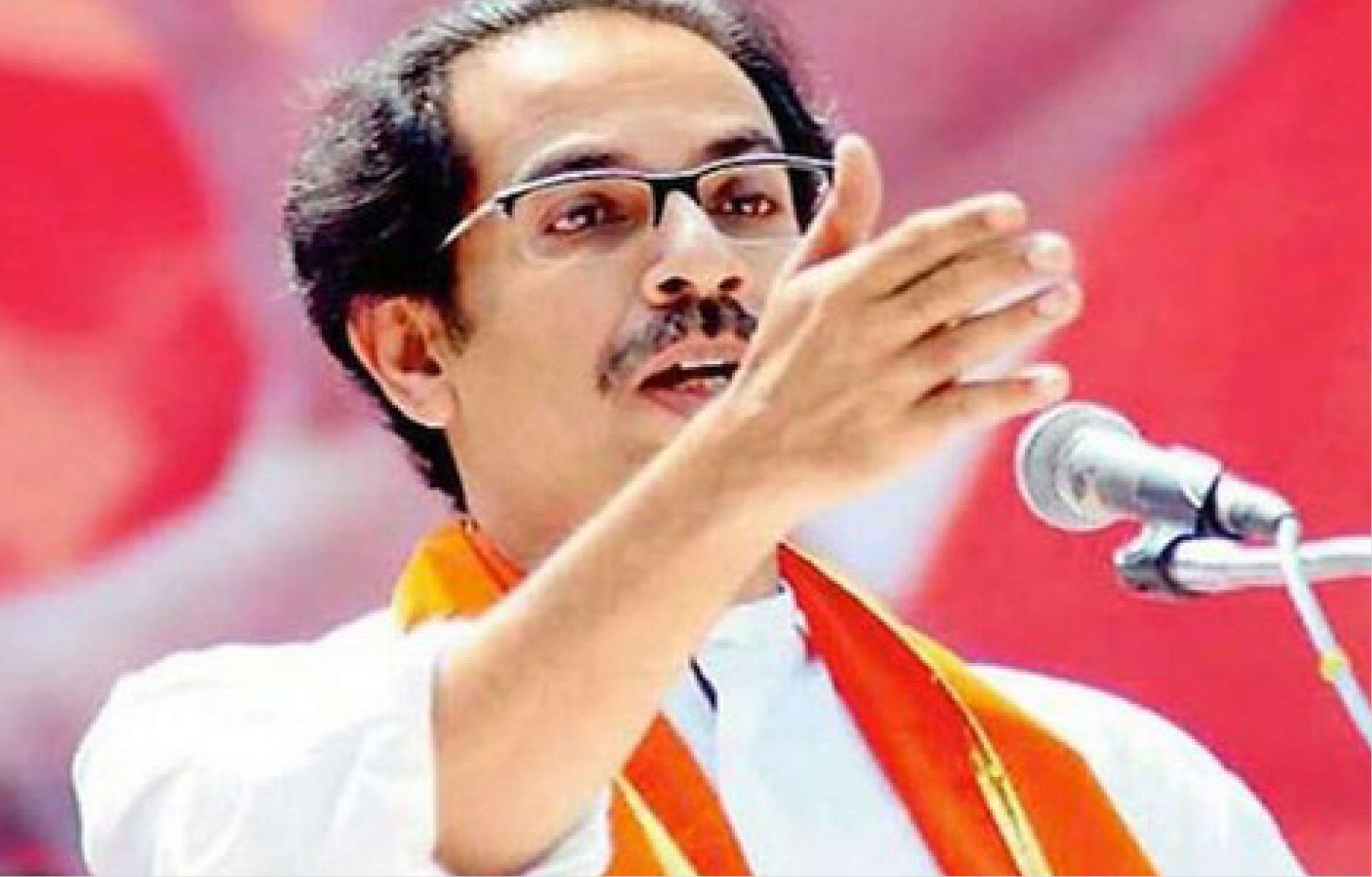
However, the contest for UP simply doesn’t end with these parties. In December, the Shiv Sena announced that it will be contesting the rural body polls in UP, and a group of Citizenship Amendment Act (CAA) and the NRC protesters also announced the formation of a political party to contest the Assembly polls. The proposed political party will be called the Rashtriya Justice Party and is being led by former BSP MP and AAP member Iliyas Azmi. UP has been the most important state in national politics and while national and state parties are diverting major resources and manpower to the state, other smaller parties such as Apna Dal, Suheldev Bharatiya Samaj Party, Quami Ekta Dal which also dominate smaller pockets of influence across the state will be important to watch leading up to the elections.

